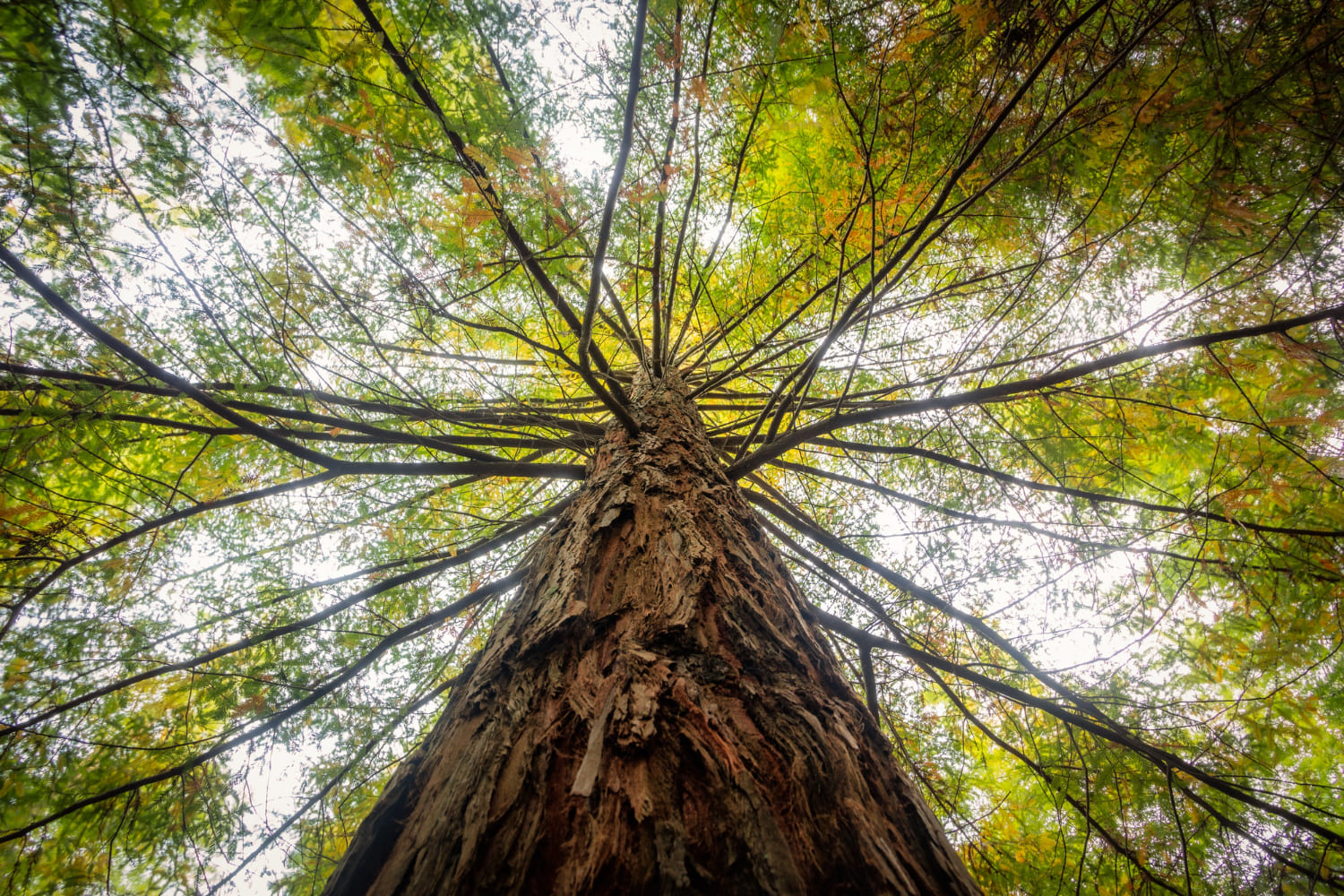
Trees are not just beautiful additions to our landscapes; they are vital components of our ecosystems. They contribute to cleaner air, cooler environments, and provide shelter for countless species. However, trees face various weather challenges throughout the year. In this article, we will explore how different weather conditions affect tree health and offer actionable tips for tree care to help your trees thrive all year round.
Tree health and weather effects
Trees are resilient, yet weather fluctuations can take a toll on their health. When we consider tree health, it’s essential to understand how each season and different weather events affect them. The better we understand these influences, the more effectively we can protect and care for our trees.
How extreme temperatures impact trees
Heat stress and sunburn
Just as extreme heat can affect humans, trees can suffer too. During intense heatwaves, trees may experience sunburn, drying out leaves and causing a loss of vital moisture. Some trees are more tolerant to heat, but prolonged exposure can weaken them, making them vulnerable to pests and diseases.
Freezing temperatures
Cold temperatures can cause tree bark to crack or split, especially when freezing occurs suddenly. Deciduous trees lose their leaves to adapt, but evergreen trees are susceptible to frost damage, which can weaken them in the long term.
Effects of drought
Drought limits water availability, which is critical for trees to transport nutrients. When water is scarce, trees often drop leaves to conserve energy, but severe drought can lead to wilting, nutrient deficiencies, and stunted growth.
Moisture and humidity
While trees need adequate moisture to thrive, high humidity levels can encourage fungal growth. Diseases like powdery mildew and leaf spot thrive in humid conditions, making regular inspection crucial during humid weather.
Heavy rain and flooding
Excessive rain can saturate the soil, preventing roots from accessing oxygen. Prolonged waterlogging can lead to root rot, a severe condition that damages the tree’s ability to absorb nutrients and water.
Flooding also leads to soil erosion, destabilizing trees by reducing root support. This risk is especially high for young trees and trees growing on slopes.
Wind damage
Strong winds pose one of the most significant threats to trees, especially during storms. Wind can break branches or uproot trees entirely, particularly those with shallow root systems or those that haven’t been pruned for structural stability.
Snow and Ice
When snow and ice accumulate on branches, the added weight can cause limbs to break. This is particularly concerning for trees with dense canopies. To help, regular pruning can reduce the amount of snow and ice that accumulates, reducing breakage risks.
Lightning strikes
Though uncommon, lightning strikes can severely damage trees by causing them to explode or by damaging internal structures. Trees located in open areas are more susceptible, making them prone to long-term damage or death following a strike.
Seasonal changes
Trees naturally adapt to seasonal changes. In spring, they begin to grow new leaves; in fall, they shed them to conserve energy during winter. However, unseasonal weather shifts, like a late frost or sudden heatwave, can disrupt this natural rhythm, causing stress.
Tree care tips for various weather conditions

By understanding weather effects on trees, we can apply specific tree care practices to help them. Here are a few essential tips to keep in mind:
- Watering: In dry conditions, water deeply but less frequently to encourage deep root growth.
- Shading and wrapping: During extreme heat, provide shade or use tree wraps to protect the trunk and branches.
- Frost protection: Use mulch and burlap wraps to insulate young trees from frost.
Importance of Mulching
Mulching is a critical practice that helps trees retain moisture, regulate soil temperature, and prevent weed growth. Applying a 2-3 inch layer of mulch around the base, but away from the trunk, can help trees thrive, especially in extreme temperatures.
Fertilizing Trees
Applying the right fertilizer can enhance a tree’s resilience to harsh weather. Fertilizers provide essential nutrients, promoting stronger growth and improving the tree’s ability to withstand adverse conditions.
Pruning Strategies
Pruning isn’t just for aesthetics; it’s essential for tree health and weather resilience. Removing weak or dead branches before winter or storm seasons can prevent breakage and potential damage. At Oregon Tree Care, we offer pruning services to protect your trees all year long.
Recognizing signs of weather-stressed trees
Be aware of symptoms such as:
- Wilting leaves: This is often a sign of water deficiency or heat stress.
- Yellowing leaves: Could indicate nutrient deficiencies, often related to drought or overwatering.
- Cracked bark: A sign of frost damage or extreme cold stress.
If you notice any of these symptoms, at Oregon Tree Care, we offer expert arborist consultations to assess the health of your trees. We also provide emergency tree services to address urgent tree health issues, ensuring your trees stay resilient through challenging weather conditions.
Keep your trees strong with expert care

Trees are resilient but require our help to withstand changing weather patterns. By practicing mindful tree care and recognizing weather-induced stress symptoms early, we can help trees stay healthy and vibrant for years to come.
Trust our team at Oregon Tree Care to provide top-notch service when you need it most. Call us today at (503) 929-9437 or contact us online to get a free virtual tree assessment and maintain your trees healthy against weather hurdles.